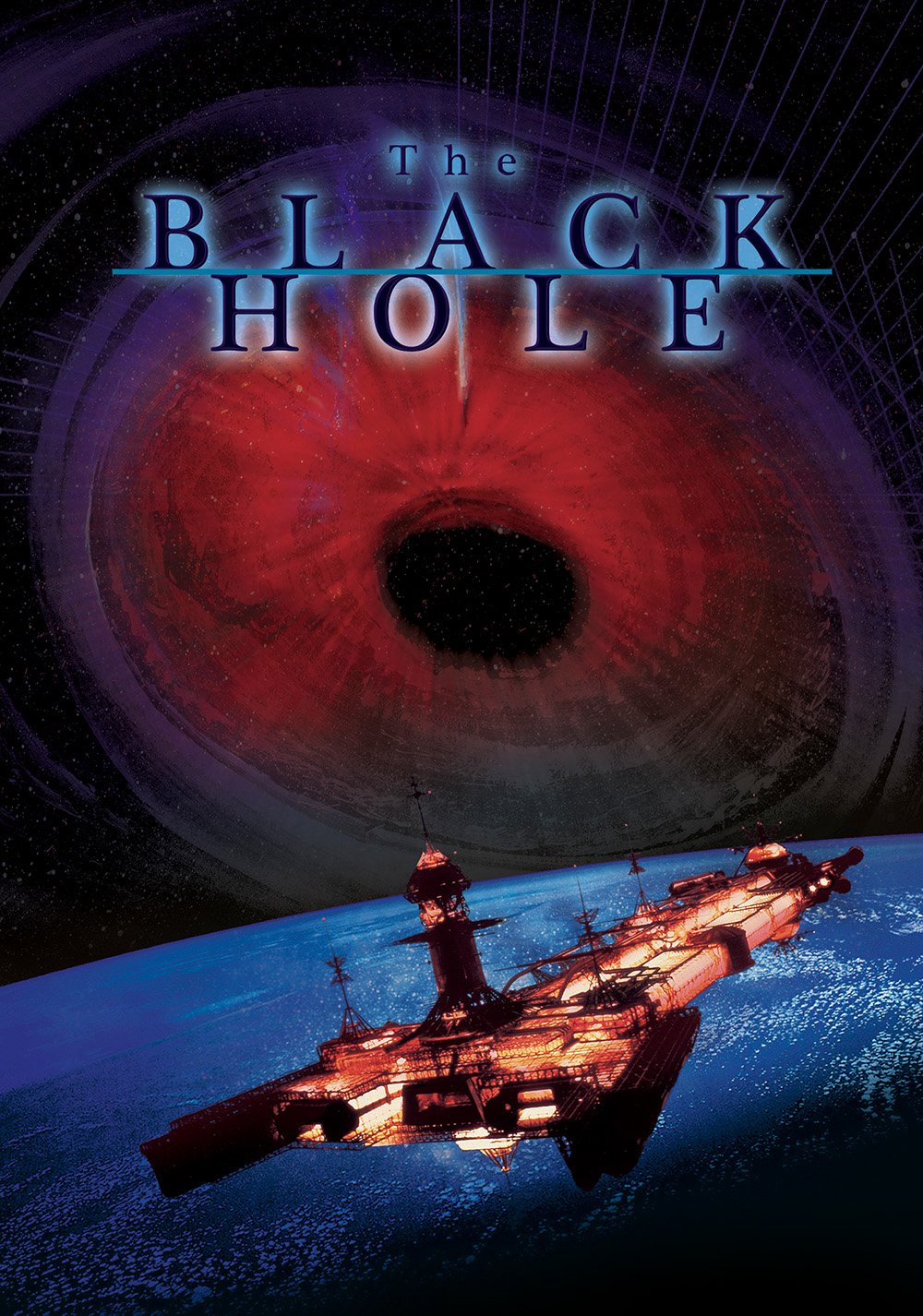

The Black Hole opens aboard the USS Palamino, a small, exploratory spaceship inhabited by a group of stock sci-fi archetypes. In the final analysis, though, The Black Hole is a strange fusion of 2001: A Space Odyssey’s metaphysical ponderings and cute robots, of pulp whimsy and flickers of violence which, for Disney, were mildly shocking at the time – it’s little wonder that The Black Hole was the company’s first PG-rated production. Released a little over two years after Star Wars, The Black Hole was Disney’s attempt to try something new it was an epic space opera which rode the crest of George Lucas’ astral wave. The arrival of Star Wars in 1977, with its motion-control special effects, colourful characters and sprawling universe, suddenly made Disney’s family fantasies look somewhat quaint. Learn more about the physics program at Fairfield University.Before The Black Hole, Disney’s live-action output consisted of breezy stuff like Freaky Friday, The Computer Wore Tennis Shoes and Herbie Goes To Monte Carlo – the kind of flicks you could take your grandma to see without fear of scaring her to death. “My students and I are in the process of creating a virtual reality environment where one can perform numerical experiments (and thus the aforementioned comparison) more efficiently.” Perched on the edge of even more profound discoveries, he continues to peer into the depths. Christian’s daily work, and he is both sanguine and enthusiastic about the collaborative process. Unlocking the most profound mysteries of the universe is part of Dr. “We can then compare the computed orbits with real orbits observed around real-life black holes in space to see if our understanding of gravity is correct,” he noted. Currently, he is working with two Fairfield undergraduate research assistants, Charlie Olson ’25 and Tim Holewienko ’24, using computer simulations to study how objects orbit black holes. Christian is already using it in the classroom at Fairfield, bringing his students up-to-date, in real time, on his latest findings. Christian was one of four lead authors on the recently published research on the theory of gravity connected with the EHT project.Īs ground-breaking as his research has the potential to be, Dr. Christian, who earned his doctorate in astrophysics from Harvard in 2018, is a part of two efforts within the EHT organization he works to create algorithms to analyze EHT data and uses his expertise to compare black hole theories with the EHT results to perform tests of theories of gravity. How do we get gravity and quantum physics to jive together? This is the big question.”ĭr. “And, in physics, this is the holy grail.

“When we try to combine our understanding of really small things, which is quantum physics, and our understanding of gravity, which we learn from really big things, they just don’t work,” he went on. “In physics, we know the four fundamental forces, but gravity is the last piece of the puzzle,” Dr. Knowledge gleaned from this project has the potential to solve other mysteries, such as the exact way stars die. A black hole is a region of spacetime where gravity is so strong that nothing can escape from it.

Christian explained that the aim of studying black holes in astrophysics has long been to better understand their role. In 2019, the EHT captured the first-ever direct image of a black hole, which helped to confirm Einstein’s theory of relativity and led to other revelations.īy linking together existing telescopes using novel systems, the EHT leverages considerable global investment and coordinates from multiple locations to create a fundamentally new instrument with angular resolving power - one that is located at the greatest possible distance from the surface of the Earth.ĭr. The EHT project is an international collaboration of scientists working to take photos of black holes using a global network of radio telescopes linked to form a virtual Earth-sized telescope. His studies are part of the Event Horizon Telescope project (EHT) - a worldwide effort to capture resolved images of black holes. Pierre Christian, PhD, assistant professor of physics in the College of Arts and Sciences, recently published new research on observations of black holes and the theory of gravity.


 0 kommentar(er)
0 kommentar(er)
